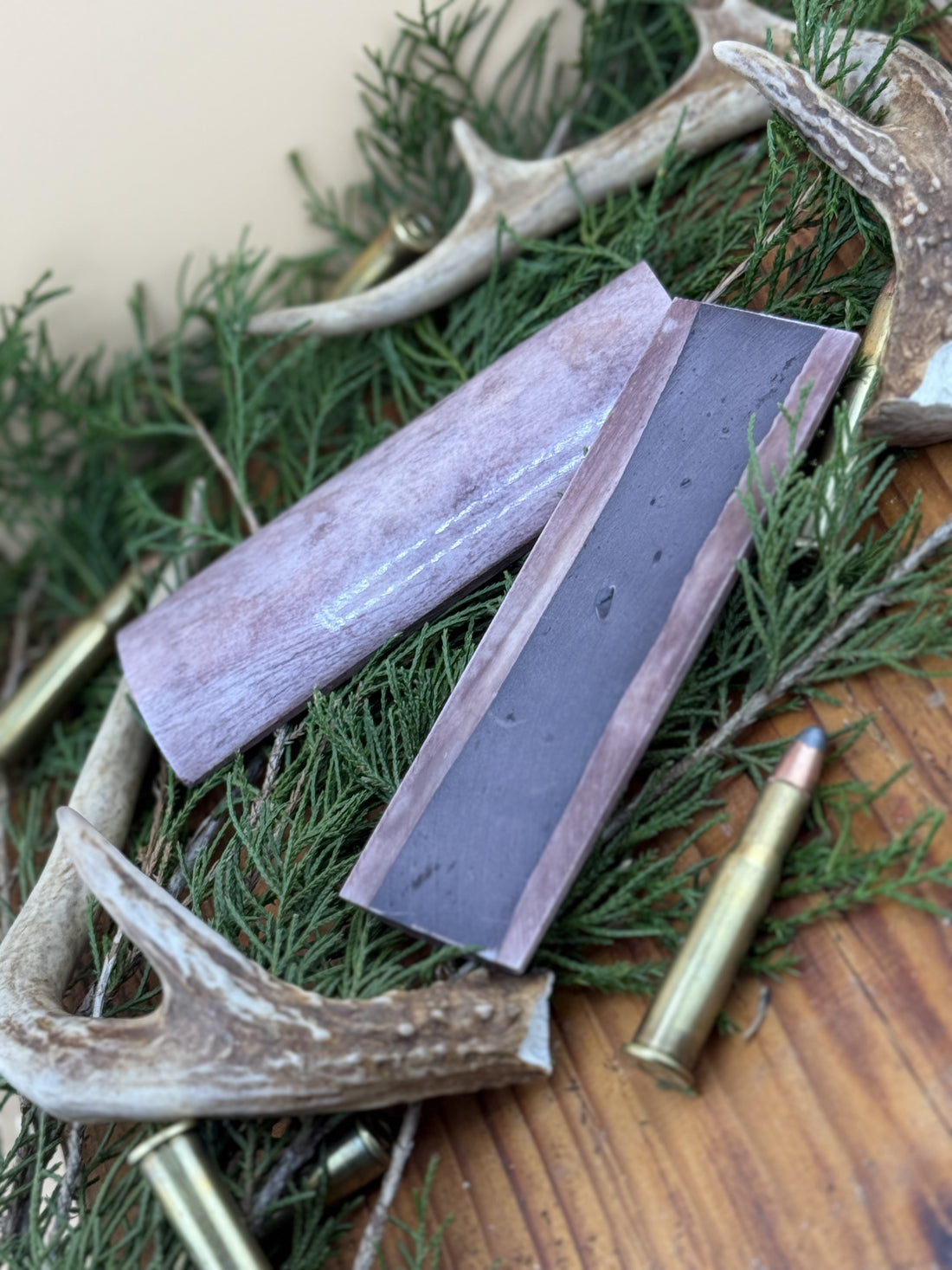Did you know that the humble knife, one of the oldest human tools, has undergone centuries of innovation to become the precision instrument it is today? From slicing vegetables with ease in a bustling kitchen to aggressively carving through dense wood in the wilderness, mastering the craft of knife making involves an artful balance of selection, design, and technique. Whether you're an aspiring craftsman or a seasoned knife enthusiast, understanding the nuances of choosing premium materials and high-performance steels can elevate your knife-making skills to new heights.
Knife craftsmanship is more than just creating a sharp object; it's about combining functionality with durability and aesthetics. Selecting the right steel is foundational to producing a knife that not only stands the test of time but excels in its intended use. High-performance steels, like CPM-S35VN or VG-10, are favored in knife making for their superior edge retention, corrosion resistance, and overall toughness. These steels ensure that whether you are crafting kitchen essentials, robust bushcraft tools, or tactical blades for first responders, the result is a reliable and effective tool.
The processes of forging and stock removal are the two primary methods of knife making. Forging involves shaping the metal through heat and hammering, creating a dense and strong blade. On the other hand, stock removal is a more precise approach, involving grinding and cutting to shape the blade from a steel blank. Both techniques have their unique advantages and can be chosen based on the intended use of the knife.
A high-quality knife is characterized not just by its sharp blade but by other critical factors such as handle ergonomics, balance, and overall durability. A well-designed knife handle provides comfort and reduces fatigue, allowing for extended use without compromising precision. Balance is crucial, particularly in kitchen knives, to ensure smooth, effortless cutting motions. Edge retention, driven by the choice of steel, is what keeps your knife sharp through multiple uses without the need for frequent sharpening.
Diverse applications demand different types of knives. Kitchen knives, such as the chef’s knife, are designed for precision and efficiency in food preparation. Bushcraft knives are vital companions for outdoor survival, engineered for tasks like carving, skinning, and splitting. Hunting knives are crafted specifically for game processing, while tactical knives offer versatility and durability for law enforcement and military use.
Maintaining your knife involves proper safety practices, regular sharpening, and appropriate cleaning and storage. Using a dedicated sharpening stone or system will help in preserving the blade's edge longevity, while careful storage prevents unnecessary damage.
When purchasing a knife, avoid common pitfalls like opting for cheaper, ineffective steel or disregarding handle ergonomics. Invest in knives from reputable brands or explore the world of custom knife-making for a personalized touch. Remember that a higher upfront cost often translates to a long-lasting tool.
As you continue your journey through knife making and enhancing your collection, consider exploring our selection of high-quality blades, sharpening tools, and knife-making kits. Each knife is expertly crafted to meet specific needs, ensuring you find the perfect fit for any task. Don't hesitate to reach out to us for personalized advice, as our team is ready to help you choose the right tools that match your unique requirements. Let your passion for precision begin today, and elevate your craft to the level of mastery.

